Mechanical Carbon
Feature
Carbon sliding materials have excellent self-lubricating properties, heat resistance and chemical resistance. This means they can be used in high-temperature atmospheres where ordinary metal sliding materials cannot, and in fields where fluids and lubricants are inappropriate. Toyo Tanso's IG, KC and TUG product series bring together the technical and development capabilities in the fields of sliding materials that have been cultivated over many years, to meet the various demands of our customers.
New Contents
TOYO TANSO's high hardness grade KC-57 ≪Comparison of KC-57 and other graphite material≫
Toyo Tanso offers Carbon Split Products for Machines, Piston ring, Rod packing, Segment seal, etc.
Thermal Shock Resistance of TS(SiC/C Composite Material)-Comparison with SiC by Thermal Shock Test
Feature
Excellent Self-Lubrication
Carbon has self-lubricating properties due to its layered crystal structure, making it appropriate for use in high temperature atmospheres and in applications where fluids and lubricants are avoided. In particular, its coefficient of friction in an unlubricated condition is low compared with other materials, making adhesion difficult to occur.
Excellent Thermal Durability
There are virtually no changes in the mechanical strength and slide properties due to heat.
Excellent Chemical Resistance
With the exception of inorganic chemicals (strong oxidizers), carbon has excellent chemical resistance.
Thermal Shock Resistance
The coefficient of thermal expansion is lower than metal materials, and it has good thermal conductivity. This means that the material hardly ever cracks, even during rapid temperature changes.
Supports Lightweight Designs
The bulk density is low compared to metal materials, which support lightweight machinery designs and a reduction in friction noise.
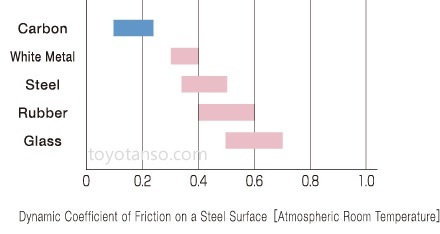
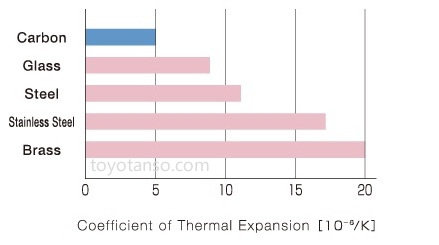
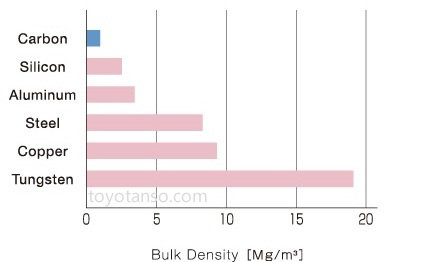
Product Inquiry
Inquiry form for Mechanical carbon parts
Please wait a few seconds.
If the form does not appear after a few moments,Hereplease contact.

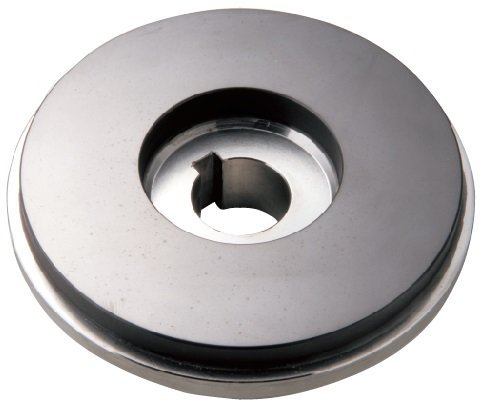
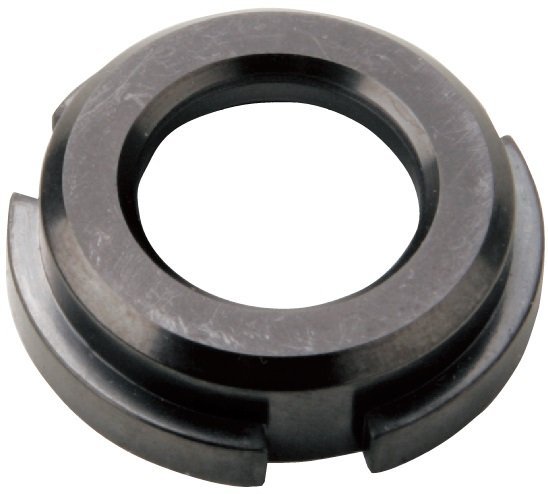
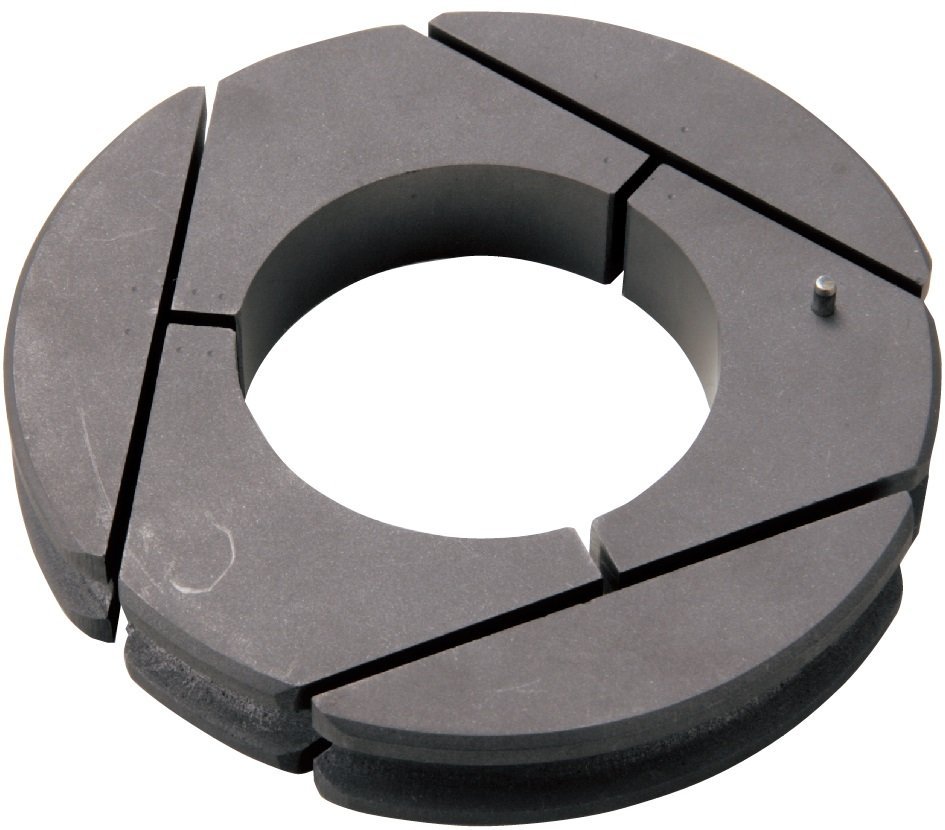
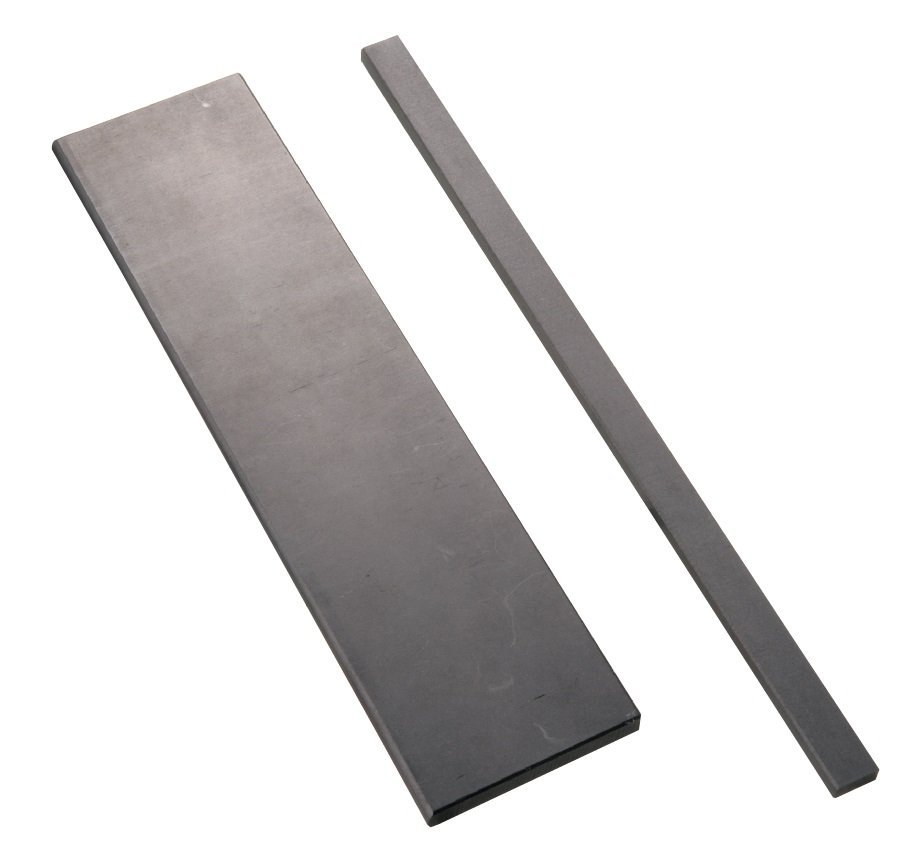
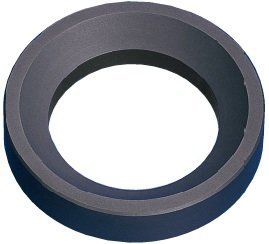
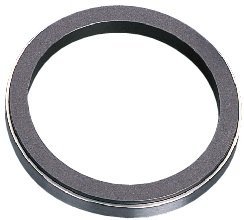
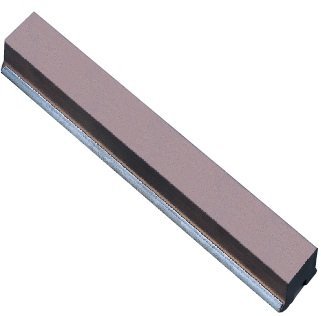

 YouTube Channel
YouTube Channel
 Carbon product FAQ
Carbon product FAQ
 Carbon ABC
Carbon ABC



